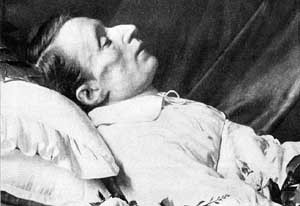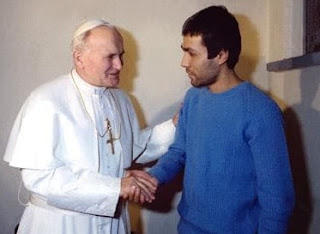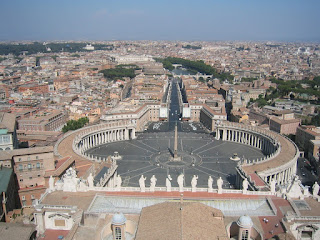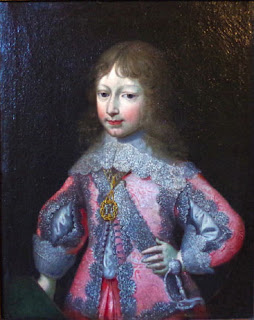Talented writer and artist travelled widely
 |
| Hugo Pratt pictured in 1989 |
Pratt became a famous comic book writer and artist and was
renowned for combining strong story telling with extensive historical research.
His most famous character, Corto Maltese, came into being
when he started a magazine with Florenzo Ivaldi.
Pratt spent most of his childhood in Venice with his
parents, Rolando Pratt and Evelina Genero. His paternal grandfather, Joseph
Pratt, was English and Hugo Pratt was related to the actor, Boris Karloff, who
was born William Henry Pratt.
Hugo Pratt moved to Ethiopia with his mother in the late
1930s to join his father, who was working there following the conquest of the
country by Benito Mussolini.
Pratt’s father was later captured by British troops and died
from disease while he was a prisoner of war.
Pratt and his mother were interned in a prison camp where he
would regularly buy comics from the guards.
After the war, Pratt returned to Venice where he organised
entertainment for the Allied troops. He later joined what became known as ‘the
Venice group’ with other Italian cartoonists, including Alberto Ongaro and
Mario Faustinelli.
In the late 1940s he moved to Buenos Aires to work for an
Argentine publisher where he published some of his important early cartoon
series. He then produced his first comic book as a complete author, both
writing and illustrating Ann of the Jungle - Anna della jungla.
He moved to London and drew a series of war comics for
Fleetway Publications working with British scriptwriters.
 |
| Pratt's most famous character on the cover of his most famous story |
After starting a comic magazine with Florenzo Ivaldi, he
published his most famous story in the first issue, A Ballad of the Salty Sea - Una balata del mare salato, which first introduced Corto Maltese.
Corto’s adventures continued in a French magazine with many
of the stories taking place in historical eras that were well researched by
Pratt.
Corto was a psychologically complex character as a result of
the travel experiences and inventiveness of his creator.
He brought Pratt much success and his series was published
in an album format and translated into 15 languages.
Pratt died of bowel cancer in 1995 in Switzerland . In 2005
he was inducted into the Comic Book Hall of Fame at the Will Eisner Comic
Industry awards in San Diego.
Rimini, where Hugo Pratt was born, has wide sandy beaches
and plenty of hotels and restaurants. It is one of the most popular seaside
resorts in Europe, but it is also a historic town with many interesting things
to see. The Tempio Malatestiano is a 13th century Gothic church originally
built for the Franciscans. It was transformed on the outside in the 15th
century and decorated inside with frescos by Piero della Francesca and works by
Giotto and many other artists.
St Mark’s Basilica in Venice, where Hugo Pratt spent most of
his life, is the Cathedral Church and one of the best examples of
Italo-Byzantine architecture in existence. Because of its opulent design and
gold ground mosaics it became a symbol of Venetian wealth and power and has
been nicknamed Chiesa d’Oro (Church of Gold). The spacious interior with its
multiple choir lofts inspired the development of the Venetian polychoral style
used by the Gabrielis, uncle and nephew, and Claudio Monteverdi.














